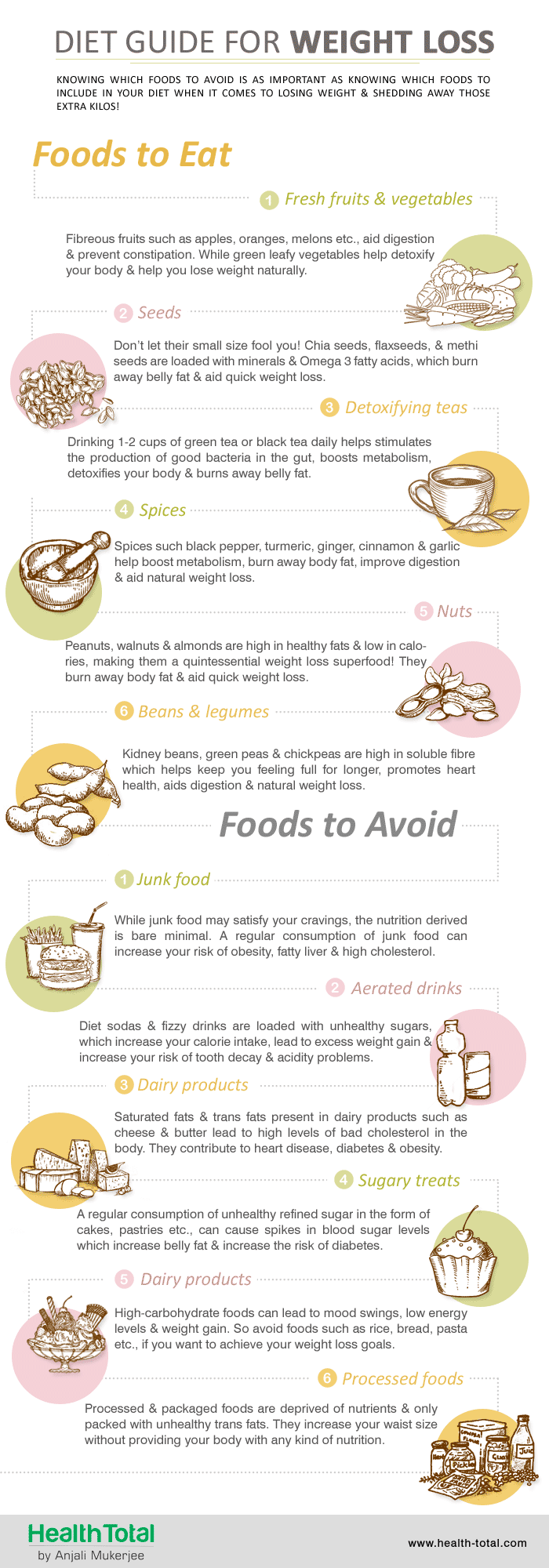Establishing weight-loss objectives is an important initial step in creating healthier consuming and exercise routines. Your goals must be specific, quantifiable and attainable.
Achieving your weight-loss goals is easier when you have a supportive network. Ideally, your support group will offer accountability, which can be especially useful when faced with temptation or problems.
1. Eat a Low-Calorie Diet Regimen
In order to lose fat, you need to consume fewer calories than your body burns each day. This can be done by planning your meals and tracking your food intake with a calorie-tracking application or journal.
Consuming a diet regimen containing lean healthy proteins, entire grains, fruits and vegetables is essential. Make sure to include a variety of these foods in your daily dishes and treats, and prevent high-calorie, refined foods.
Make small modifications to your diet in time to achieve lasting outcomes. For instance, rather than eliminating all sweets, try changing one high-calorie reward with a lower-calorie choice such as an ice cream sundae or piece of cheesecake. In this manner, you can please your food cravings without sacrificing the wellness advantages of your diet.
2. Rise Your Exercise
In addition to eating a low-calorie diet regimen, raising your exercise is essential for weight reduction. Exercise aids you shed calories, and also constructs muscular tissue that can assist you keep your weight down.
Go for one hour of moderate-intensity workout, such as brisk walking, on the majority of days of the week to support your weight reduction objectives. Differ your activities so you work various muscle mass, and try to consist of stamina training two to 4 times each week.
Focus on procedure goals, such as "Walk half an hour each day," rather than a result objective like, "Shed 10 pounds in a month." You can use applications or electronic health and fitness devices to track your development. Likewise, try to give on your own non-food benefits when you fulfill your goals. These can be as straightforward as a walk with good friends or a movie day.
3. Eat Extra Fruits and Vegetables
A diet regimen full of vegetables and fruits is among the most effective methods to reduce weight and preserve a healthy and balanced body. Not only are they low in calories, however they likewise include vital vitamins and minerals that your body needs to work appropriately.
Fruits and vegetables are high in fiber, which helps you really feel complete after eating. You can incorporate even more fruit into your diet plan by including berries to your breakfast cereal or sprinkling mandarin orange slices on top of your whole-wheat toast in the early morning.
Prevent consuming way too many fruits, as they might be high in sugar. Consuming too much fruit container bring about nutrient deficiencies, especially if you are restricting other foods from your diet. It is essential to balance your diet plan by including all food groups to achieve the most health benefits.
4. Keep a Food Journal
Keeping a food journal can be helpful for weight reduction, as it helps you stay accountable and keeps track of your diet. By analyzing your eating habits, you can make SMART objectives to boost your diet regimen and reach your weight loss objectives.
A food journal can include information like the type and amount of foods and drinks you eat, along with exactly how you feel after each meal. This can help you recognize your consuming activates, such as feelings or tension, and find healthier means to manage them. When maintaining a food journal, try to be as accurate as possible. As an example, if you Step-by-Step Guide to Navigating Weight Loss Doctors had poultry with rice, note whether it was fried or barbequed and the portion size. You need to likewise consist of any kind of treats and drinks you consumed throughout the day.
5. Consume alcohol Water
Hydration is a crucial part of healthy and balanced living, however it can also assist weight management goals. Water is calorie-free, and drinking it can help in reducing an individual's overall calorie consumption. Swapping out high-calorie beverages like juice, soft drink and sugary teas and coffee for water can significantly decrease a person's liquid calorie consumption and support weight reduction with time.
The very best way to make certain appropriate hydration is to drink it regularly throughout the day. To do so, make water a behavior by bring a canteen with you, establishing reminders and drinking water whatsoever times of the day. It is also suggested to hydrate in the past and during workout since dehydration can make an exercise harder by hindering appropriate body regulation and reducing oxygen circulation to the muscles.
